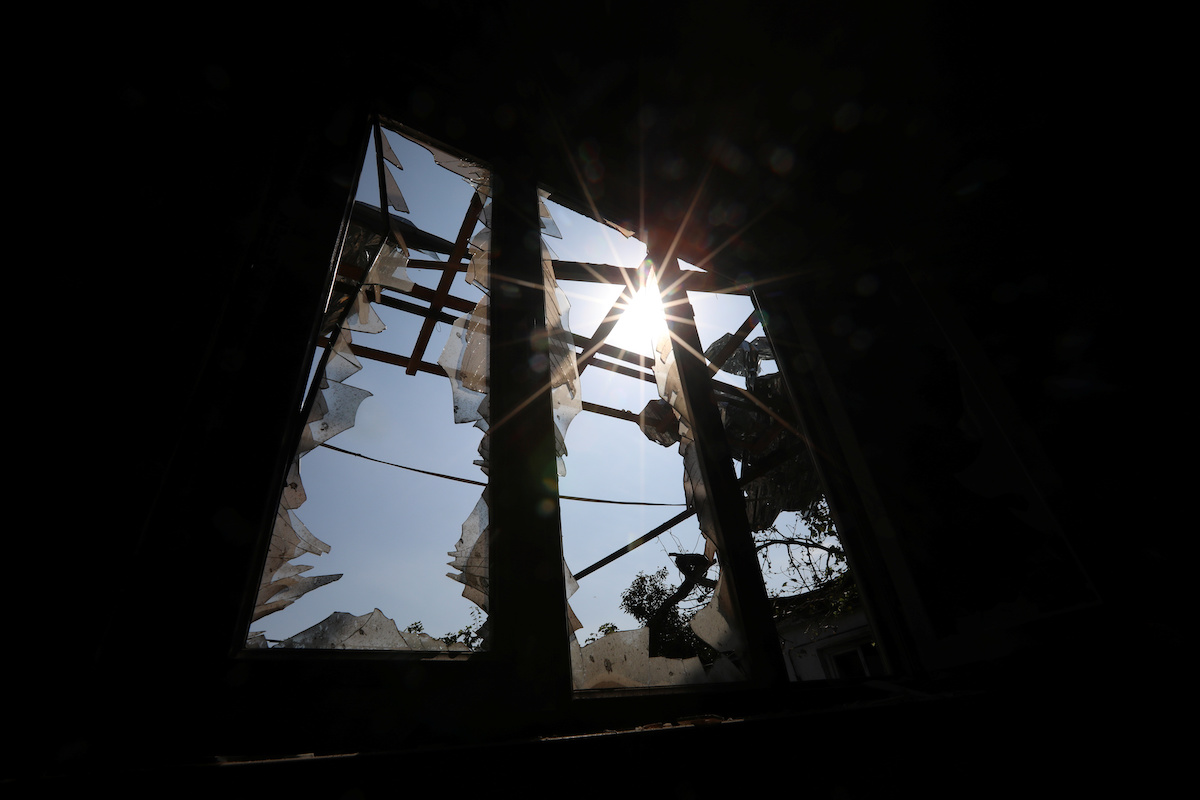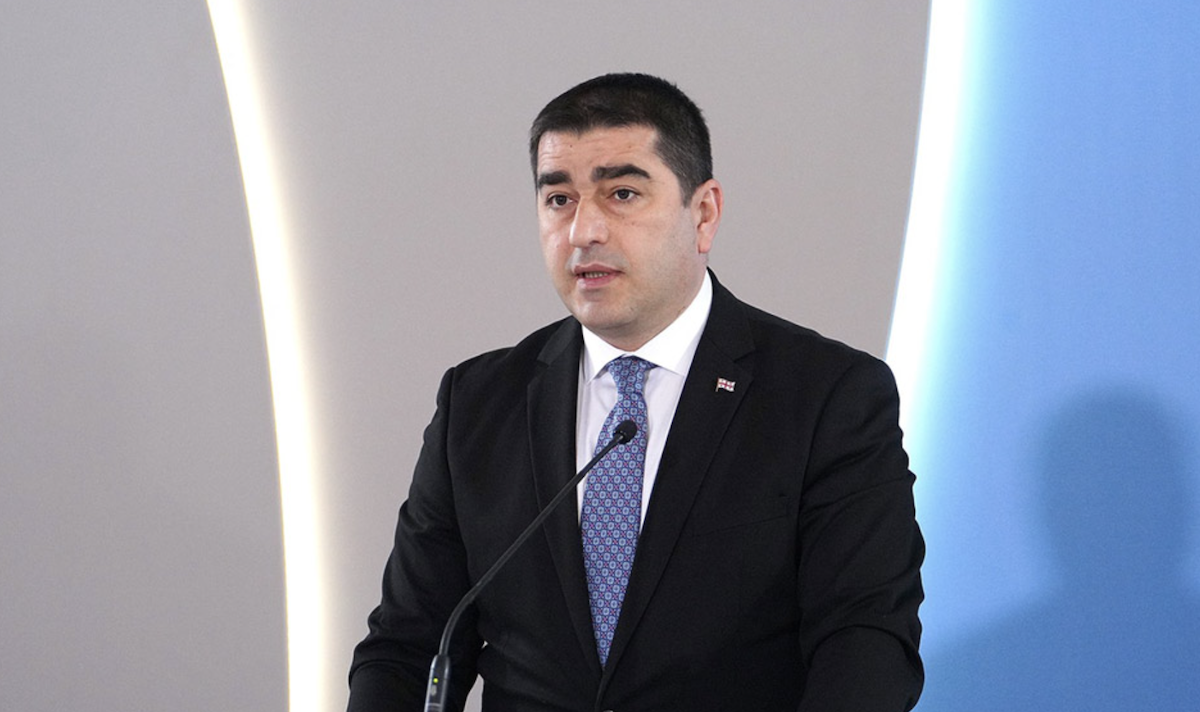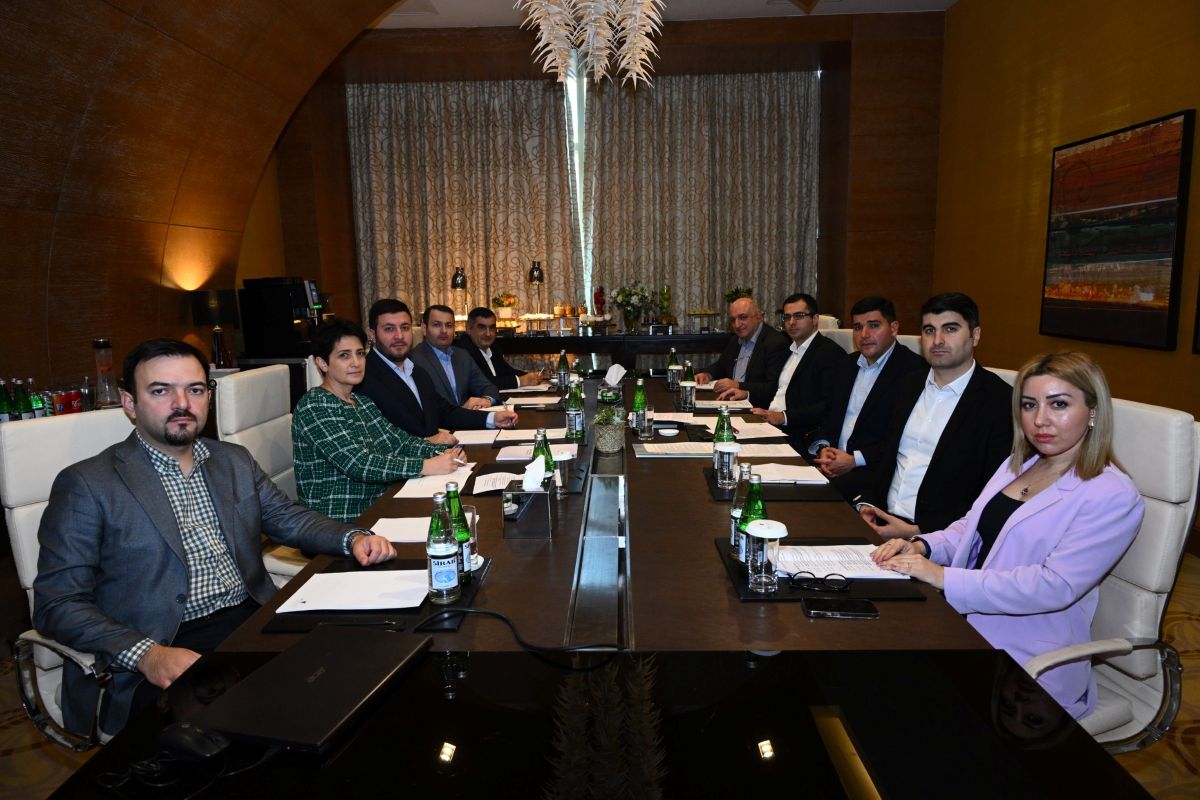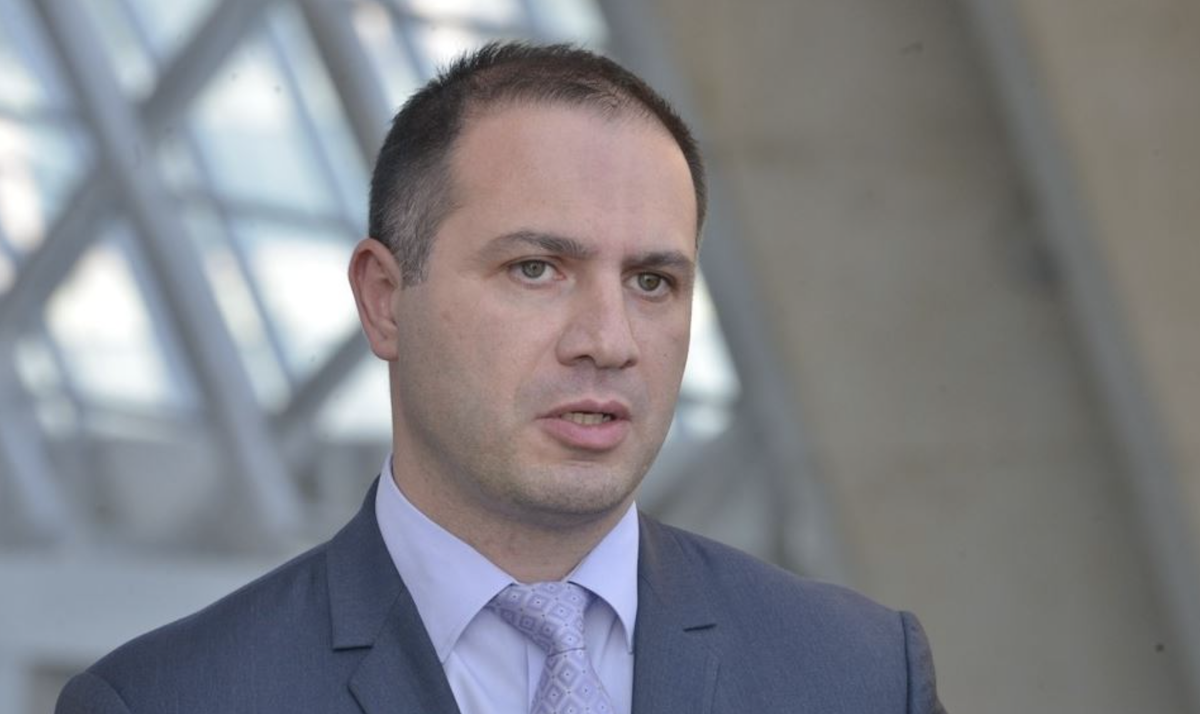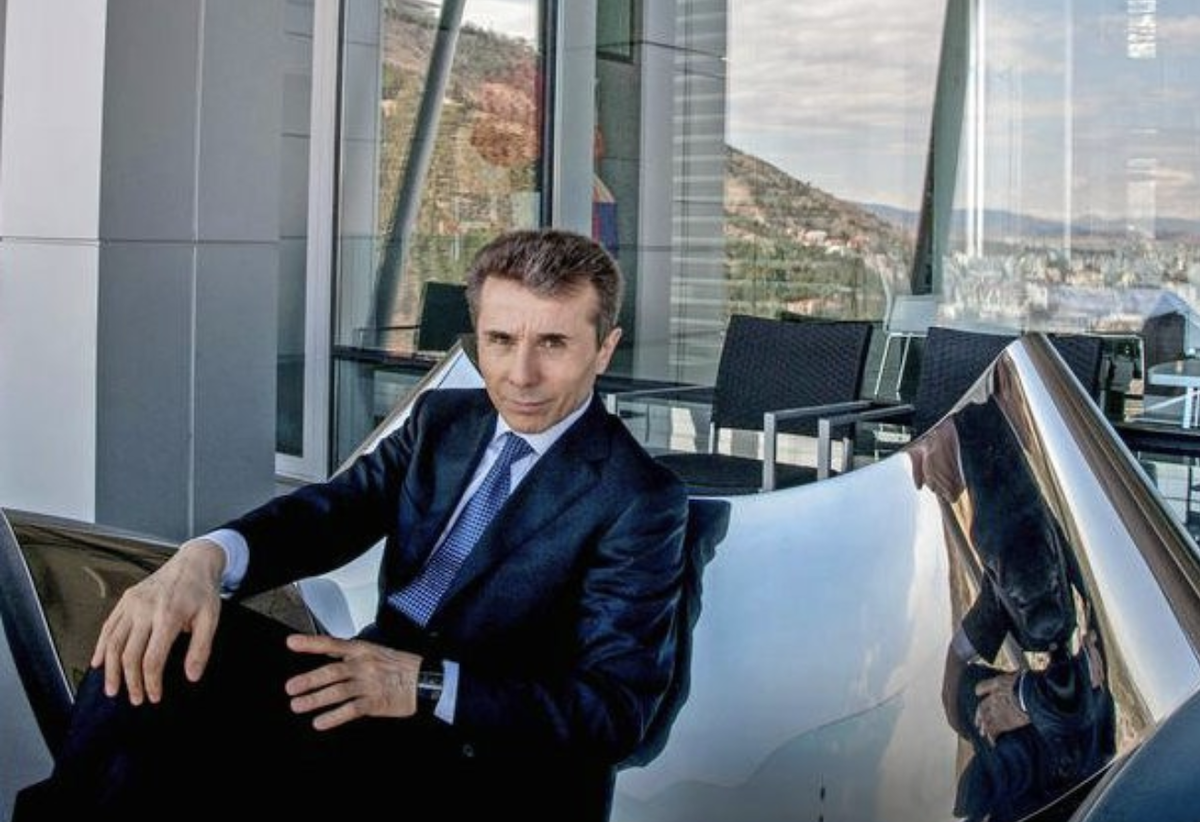Karabakh and Russia, what is the relationship. Commentary from Baku
Political observer Shahin Rzayev on the reasons behind the flare up of hostilities in Karabakh, which began on the morning of September 27, 2020:
– Why did the hostilities begin right now?
– This time it was not unexpected, unlike in April 2016. On both sides of the front, everyone was ready for active operations to begin. The clash at the border on July 12-16, 2020 served as an overture.
I can name several reasons that led to the escalation of the confrontation.
• Armenia, Azerbaijan declare martial law – what that means and how it will work
• ‘Both sides are thinking about war’ – interview with Azerbaijani conflict expert
• Op-ed from Armenia: why the Azerbaijani media publishes ‘sensational’ articles on Karabakh
• 3 years since the Karabakh April War: what did it change?
Two years ago the new leadership of Armenia decided to unilaterally change the format of the negotiations, announcing that the Karabakh Armenians should become a third party to the negotiations.
At the same time, the phrase ‘Artsakh is Armenia, period’ sounded.
Yerevan failed to explain the discrepancy between these two theses, which contradict each other.
At the same time, the new leadership of Armenia has embarked on a course of distancing itself from Russia. Pressure was put on Russia’s henchmen and allies (Kocharyan, General Khachaturov and others).
The Russian leadership, led by Putin himself, sent signals for this course to be reversed. The mouthpiece of the Kremlin propaganda – Russia Today – directly accused the Armenian leadership of cooperation with Western foundations, Soros and others.
• Russia Today, Sputnik head accuses Armenian gov’t of being anti-Russian
Moscow expressed its dissatisfaction with Pashinyan’s too independent geopolitical plans in every possible way. And it is possible that the Karabakh conflict could turn out to be another lever of pressure at such a moment.
The July overture did not bring the desired results for many reasons, including the pandemic. The OSCE Minsk Group also reacted reluctantly at that time and did not send emissaries.
Perhaps this is why Russia also had to use stronger arguments.
– What will happen next, is it possible to stop hostilities, as was the case with a sharp exacerbation in April 2016?
– Most likely, the parties will agree on a ceasefire in two or three days. And in early 2021 they will return to the negotiating table.
And the main topic there will be the adoption of the so-called ‘Lavrov plan’ – that is, the liberation of five of the seven occupied regions of Azerbaijan in exchange for the intermediate status of Nagorno-Karabakh and the introduction of Russian troops along the front line as a “peacekeeping force”.
This plan is not new, it was on the negotiating table back in 1994, then it was proposed by the co-chairman from Russia, Vladimir Kazimirov.
For Azerbaijan, such a plan, in my opinion, is categorically unacceptable. Without the return of internally displaced persons, it is inappropriate to talk about the status, and the introduction of Russian troops raises serious doubts.
Suffice it to recall the sad experience of the entry of Russian troops into the zone of the Georgian-Abkhaz and South Ossetian conflicts. As a result, Georgia practically lost about one fifth of its territory.
The peacekeeping force may not only consist of Russian soldiers. To them must be added the forces of other countries, for example, Turkey, the European Union or Ukraine.
This, I believe, could be the subject of negotiations.










